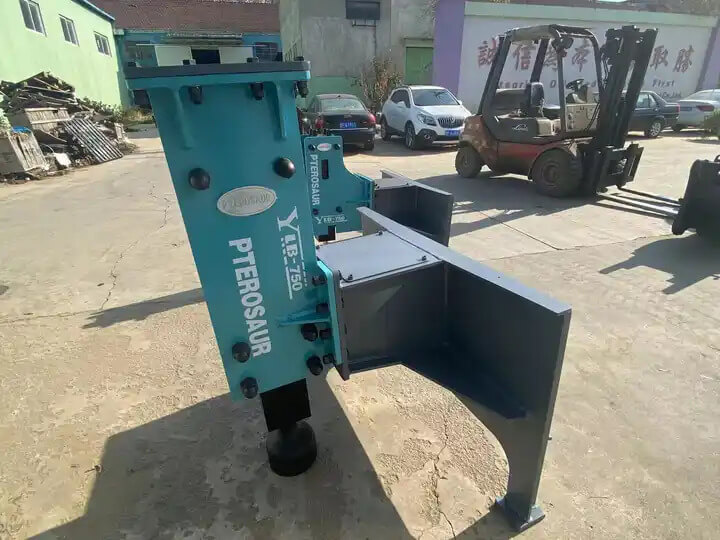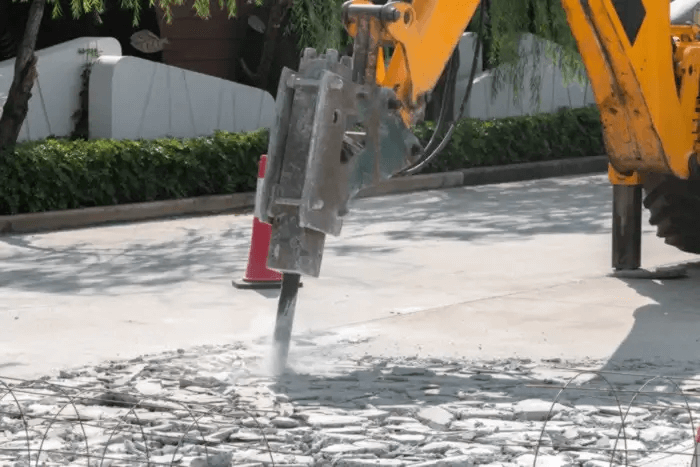Exploring Hydraulic Breaker Chisels: Types, Applications, and Insights
Hydraulic breaker chisels are essential tools in the construction and demolition industries. They are designed to break, cut, and demolish tough materials such as concrete, rock, and asphalt. In this article, we will delve into the various types of hydraulic breaker chisels, their applications, and critical considerations for their use and maintenance.
Types of Hydraulic Breaker Chisels
Hydraulic breaker chisels come in different shapes and sizes, each tailored to specific tasks. The main types include:
-
Pointed Chisels: These chisels are ideal for penetrating hard surfaces, making them suitable for breaking concrete and rock. The pointed design allows for concentrated force application, which is particularly useful in tough environments.
-
Flat/Wedge Chisels: Often used for softer materials, flat chisels are effective for breaking and excavating concrete and neutral layer rocks. They provide a broader surface area for impact, making them suitable for demolition tasks.
-
Chisel Breaker Tools: Designed for use with hydraulic hammer attachments, these chisels can handle various heavy-duty applications, including road construction and maintenance.
Applications of Hydraulic Breaker Chisels
Hydraulic breaker chisels are versatile tools widely used in various applications, including:
- Construction: In building projects, these chisels are used to break up concrete foundations, walls, and pavements.
- Mining: They assist in the extraction of minerals by breaking through rock layers.
- Roadwork: Chisels help in the removal of asphalt and concrete surfaces, facilitating road repairs and upgrades.
- Demolition: In deconstruction projects, hydraulic chisels are pivotal in dismantling buildings and other structures safely and efficiently.
Selecting the Right Chisel
When choosing a hydraulic breaker chisel, it is crucial to consider the following factors:
- Material Hardness: The type of material you will be working on dictates the chisel type. For harder substances, pointed chisels are preferred, while flat chisels work well on softer materials.
- Chisel Size: The diameter of the chisel must match the specifications of the hydraulic breaker to ensure efficient operation and prevent damage.
- Frequency of Use: Regularly used chisels may require more durable materials to withstand wear and tear.
Maintenance Tips for Hydraulic Breaker Chisels
Proper maintenance is vital for prolonging the life of hydraulic breaker chisels:
- Regular Inspection: Frequently check the chisels for signs of wear or damage. Replacing worn chisels promptly can prevent further damage to the hydraulic hammer.
- Lubrication: Ensure that the chisels are well-lubricated to reduce friction and wear during operation. Applying grease properly enhances the performance of hydraulic breakers.
- Safe Handling: Always follow safety protocols when using hydraulic chisels to prevent accidents and injuries.
Conclusion
Hydraulic breaker chisels are indispensable tools in the construction and demolition industries, offering significant efficiency and effectiveness in breaking tough materials. Understanding the different types, applications, and maintenance practices can help operators maximize their performance and lifespan. By selecting the appropriate chisel for the job and adhering to best practices, users can achieve optimal results in their projects.




































